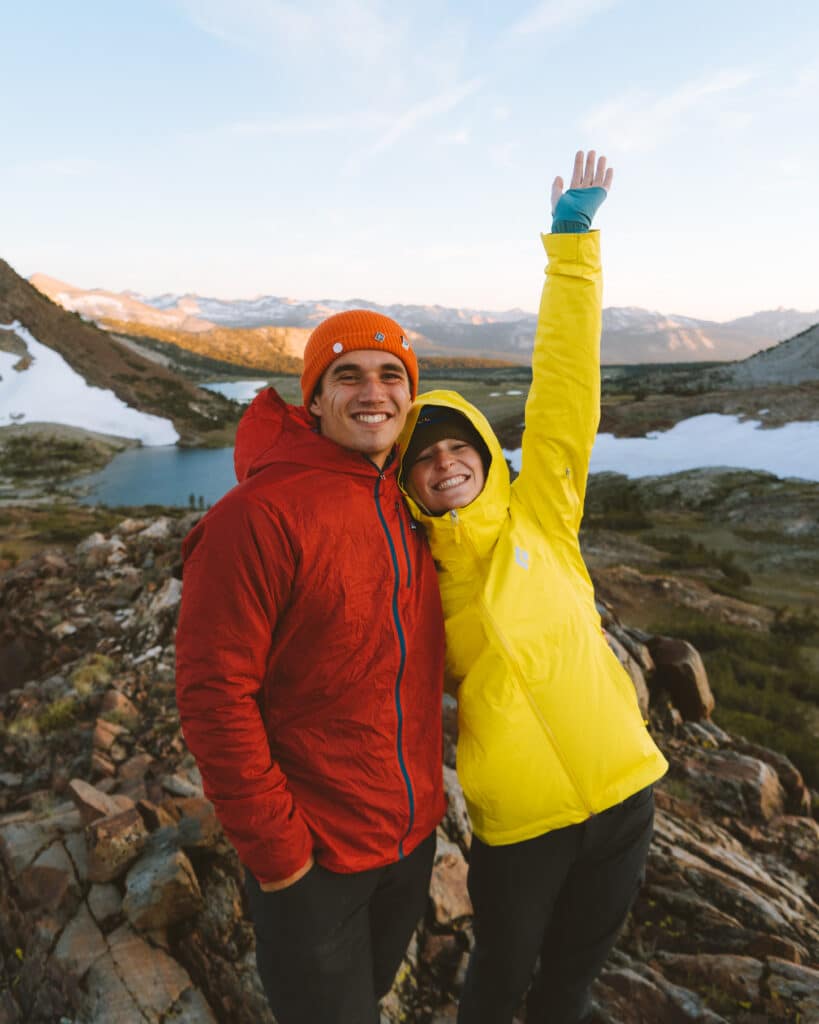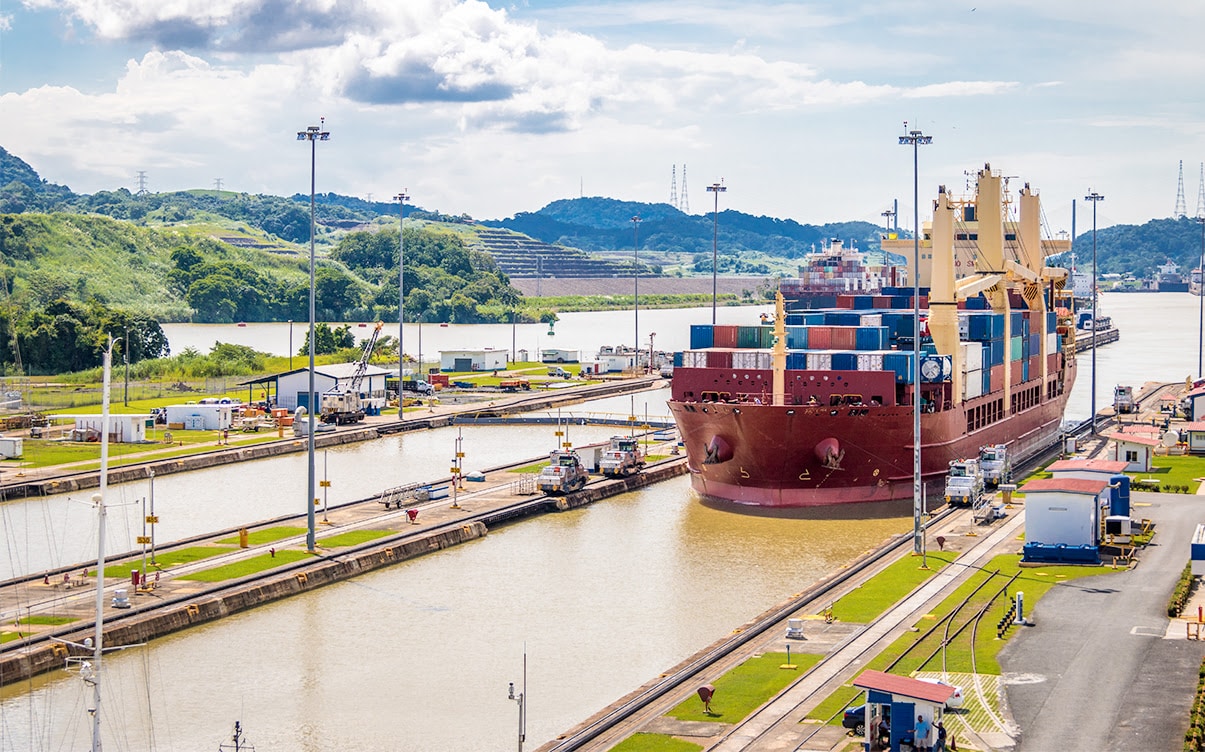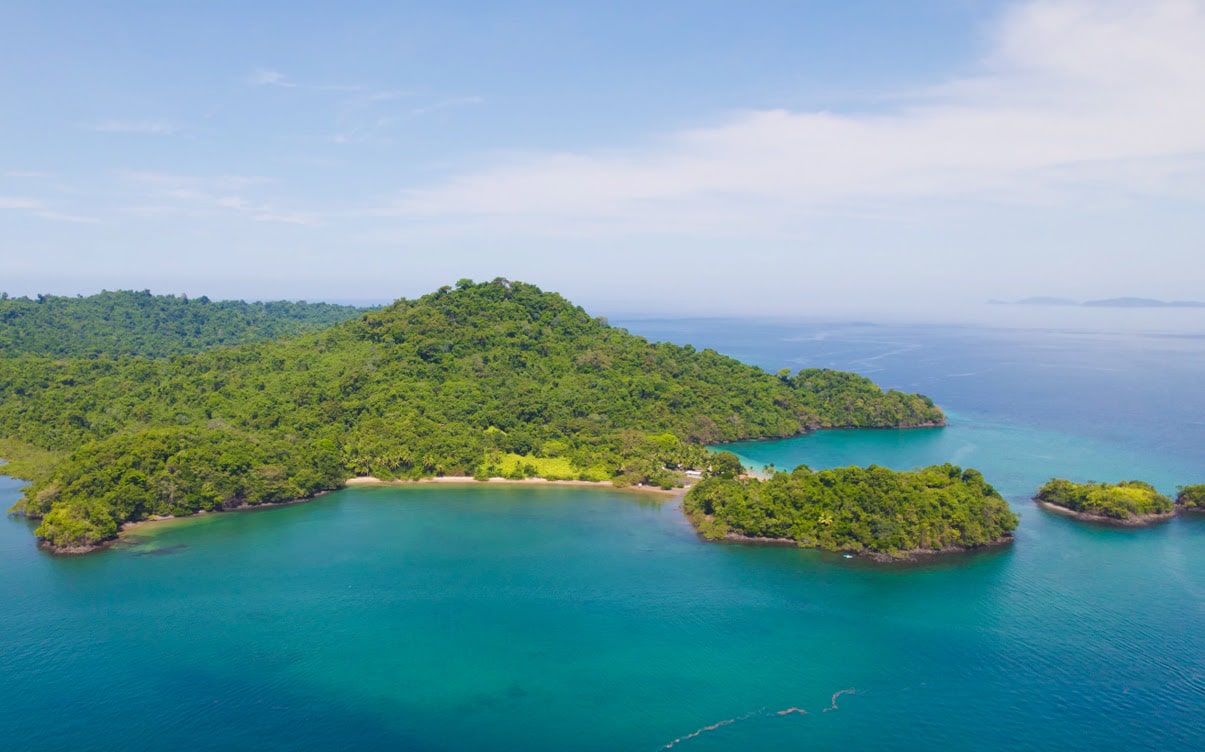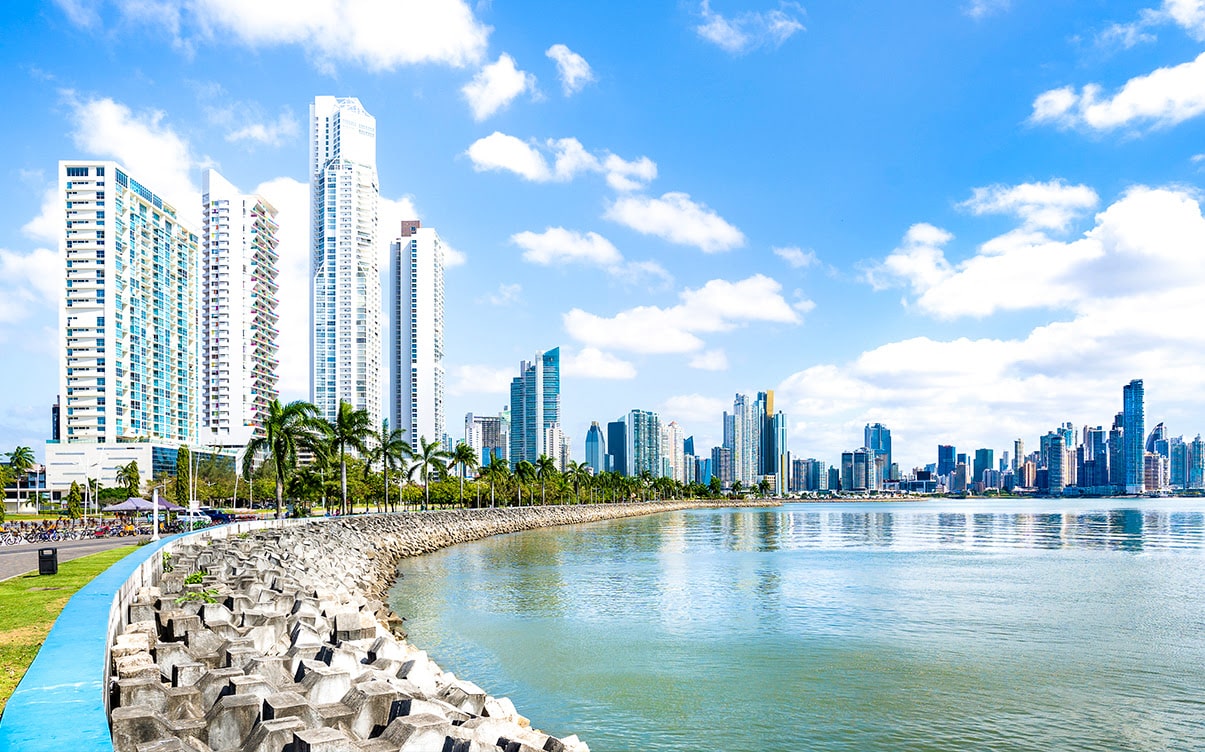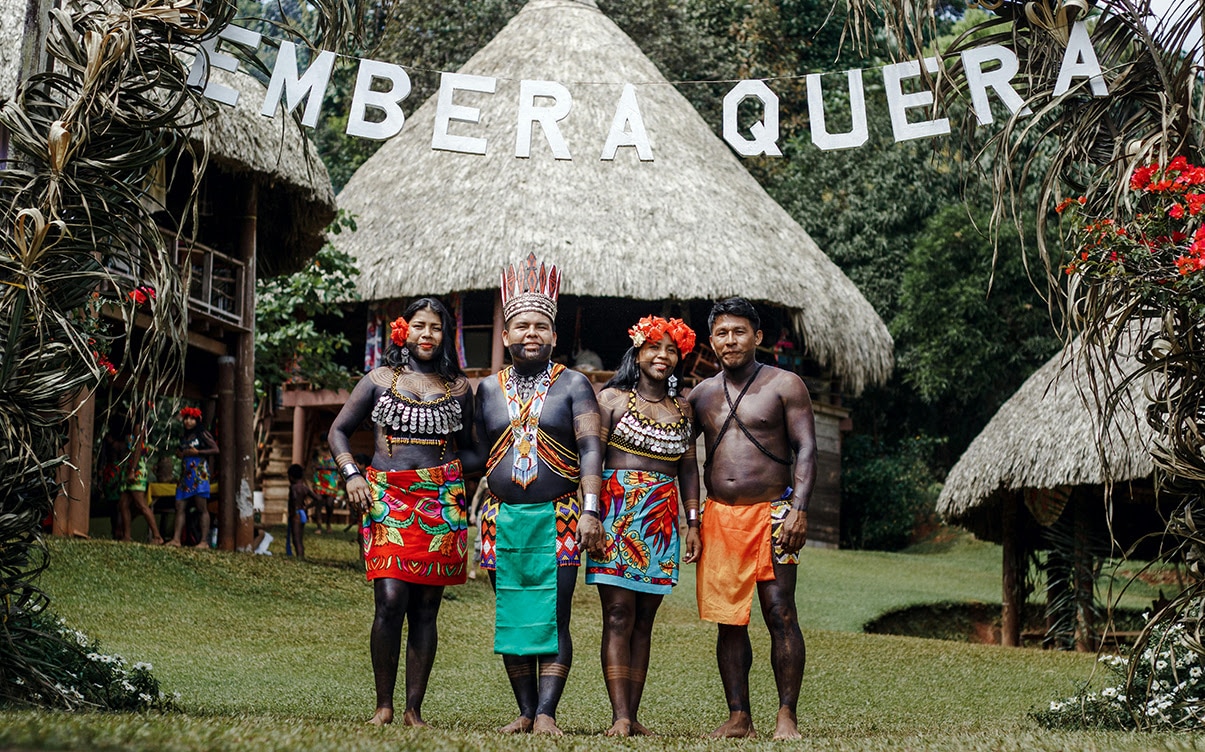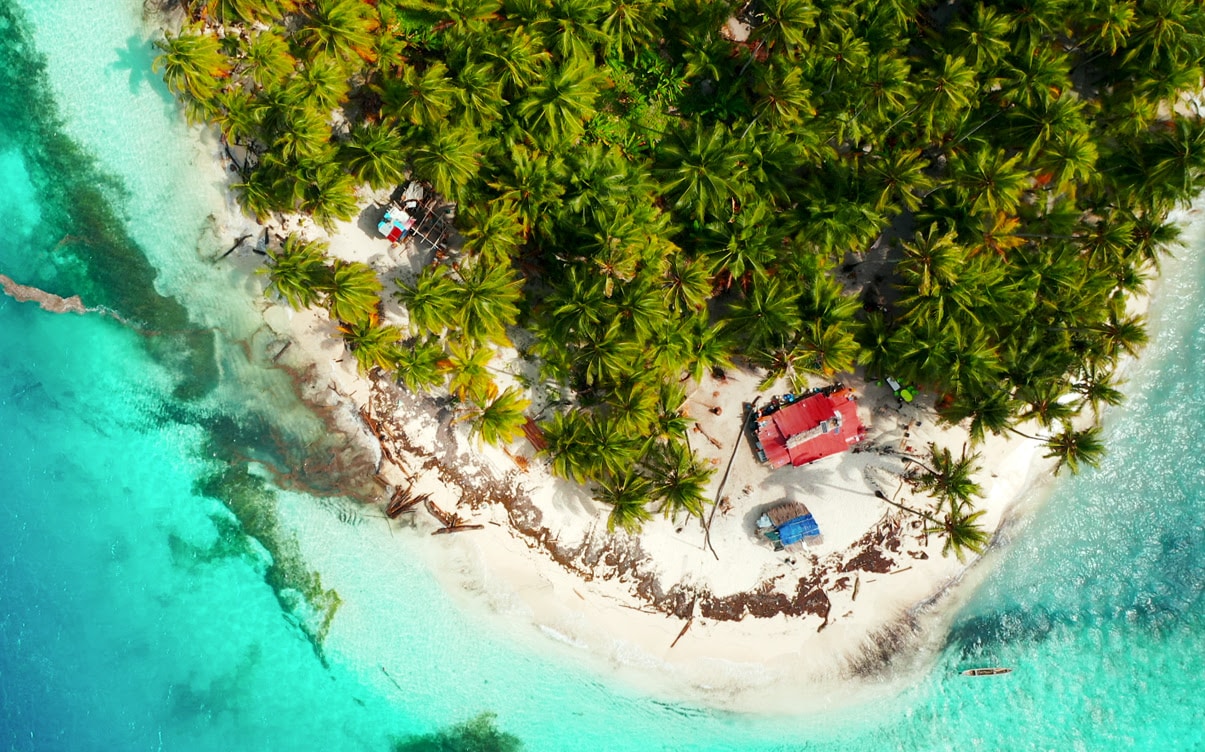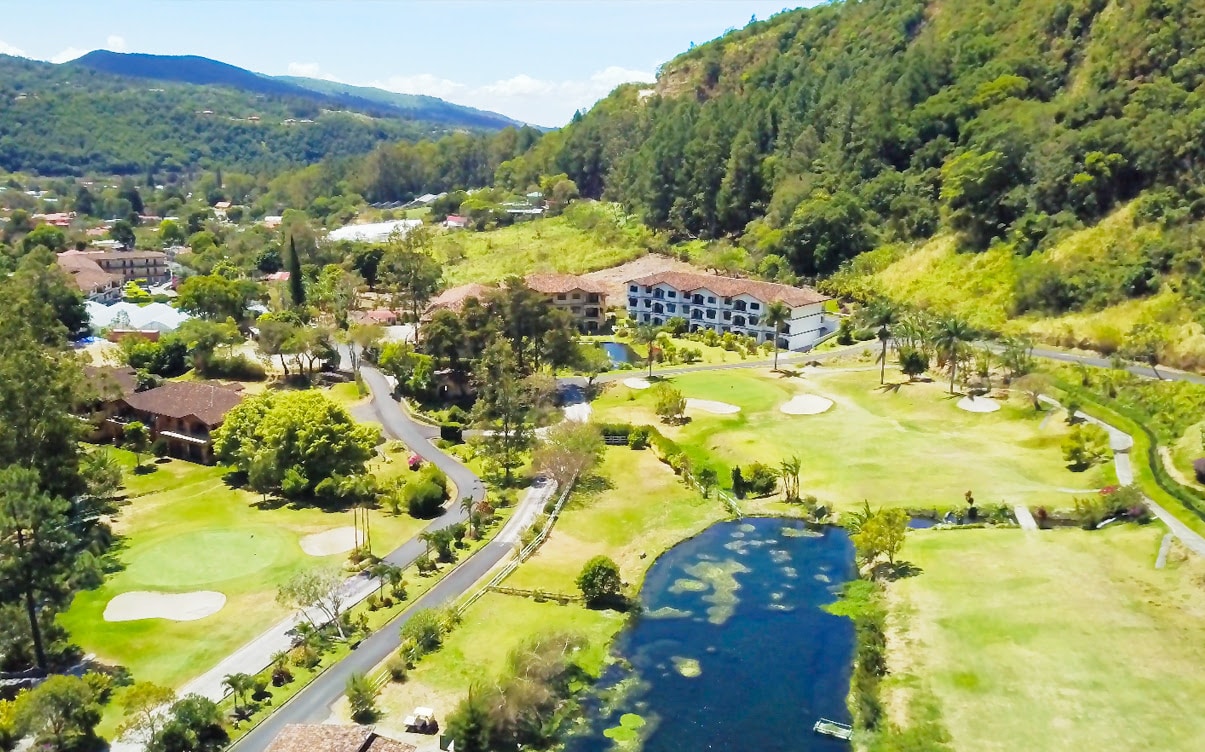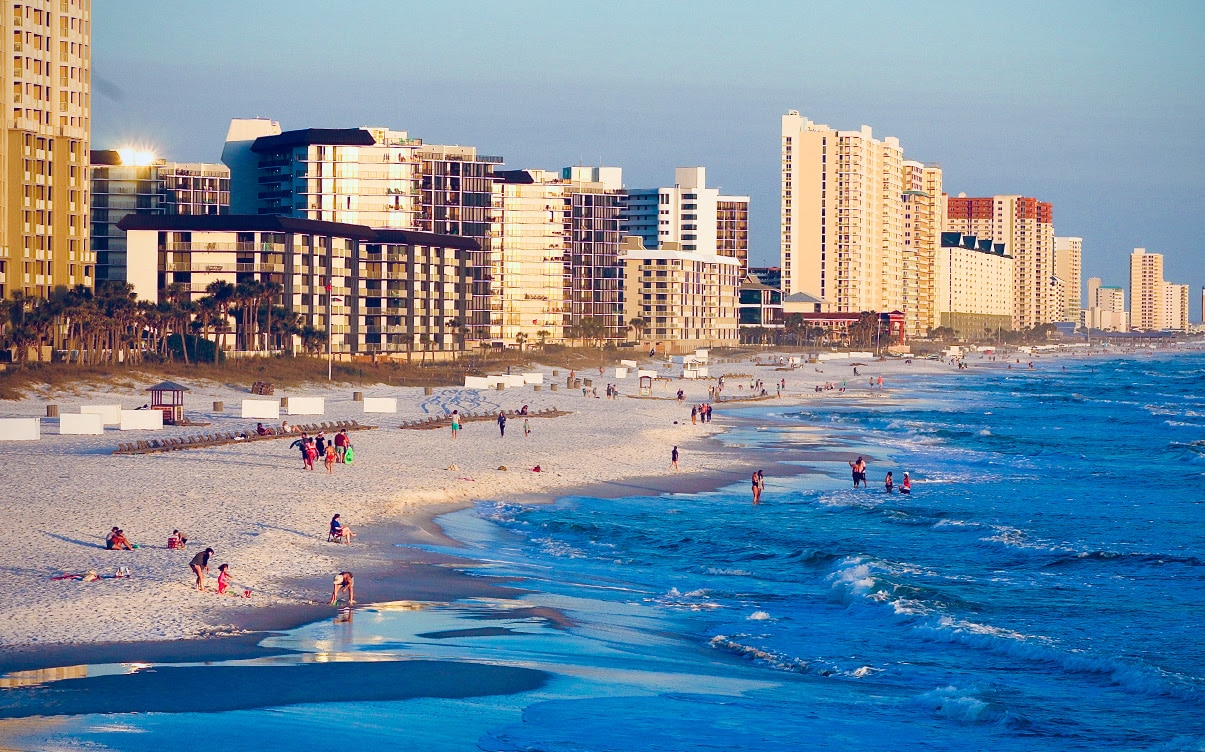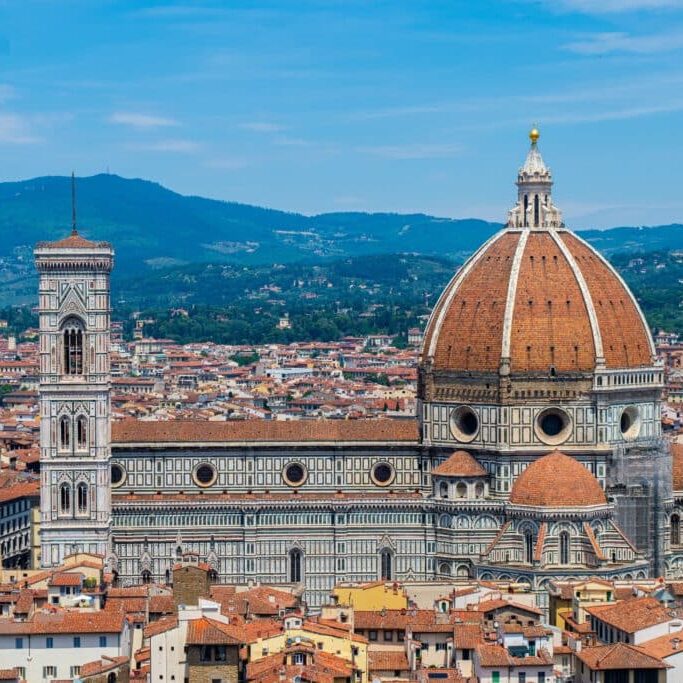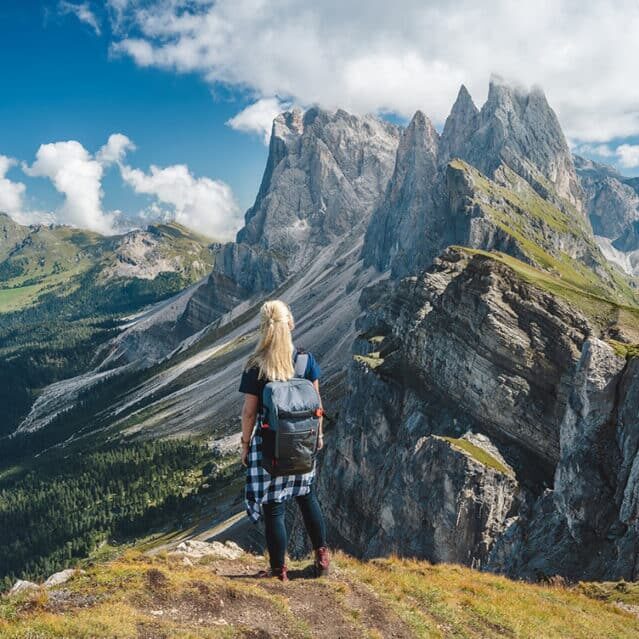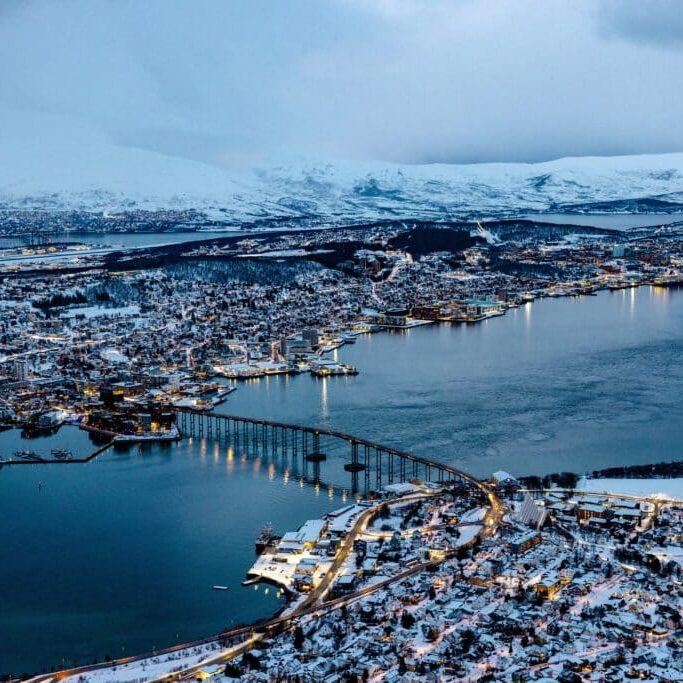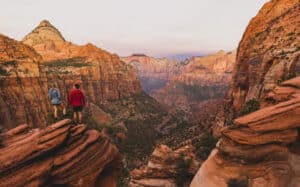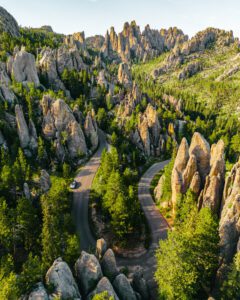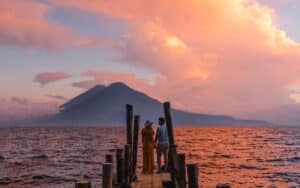Panama: Things to Do and Stunning Landmarks to Visit
Disclaimer: This post may contain affiliate links. Please see our Disclosure Policy and Advertiser Disclosure for details.
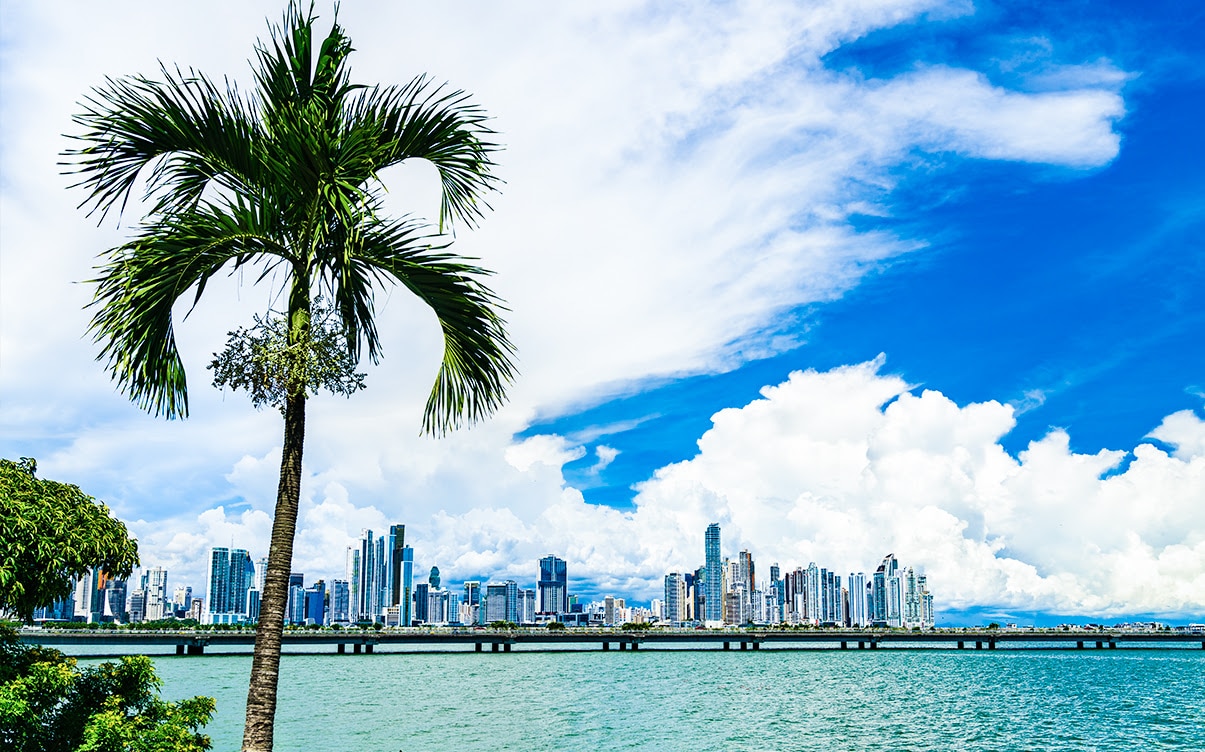
What comes to mind when you think of Panama? The canal, right? Yes, the Republic of Panama is famous for the canal the USA carved into it to allow ships to cross between North and South America without forcing the immense journey around the South of South America. It’s one of the most stunning and incredible feats of human constructive power in the world.
It’s also a huge distraction. Panama is a country of over four million people, with an incredible juxtaposition between nearly untamed jungles and Panama City itself, which is as urban and bustling as any other major metropolis around the world.
If you’re interested in visiting Panama, what are the best things to do, sights to see, and places to visit? Let’s talk about it.
Visiting the Panama Canal
No trip to Panama is complete without visiting the canal, but to be honest, it’s not going to be the centerpiece of your entire trip unless you’re immensely fond of very large ships and history.
The canal itself is undoubtedly impressive, both as a feat of engineering that boggles the mind and as a monument to the power of humans in groups with a will to back them. But, when you get right down to it, it’s very industrial, angular, and kind of bland. It’s not a winding waterway like the Suez Canal; it’s a straight line, bounded by concrete, carved through the landscape, and surrounded with the infrastructure necessary to keep it in operation.
While it’s a historical monument, of course, the Panama Canal is also a working transit space, so you can’t necessarily get right into it and explore any more than you would any dockside operations at any port around the world.
When you visit the canal, the main attraction is the Miraflores Locks Visitor Center. Miraflores is the name of one of the sets of locks that separates the two oceans and are used to raise and lower the height of ships passing through. The visitor center is the hub of tourism, where you can watch ships pass through, view museum exhibits of the history and development of the canal, and take a tour of the area.
Tours of the visitor center and surrounding grounds can take from 1.5-3 hours, with more time spent if you visit their on-site IMAX theater for their Panama Canal historical movie (narrated by Morgan Freeman!) or less if you just want a free-form walk-through experience.
There are also a handful of other locations you can visit. These include:
- The Agua Clara Visitor Center, a smaller and less elaborate visitor center on the other side of the canal. The main reason to visit this one is their half-kilometer ecological trail you can walk to experience some of the nature of Panama, though if you’re doing other things on our list on your trip, you’ll find it quaint.
- The Goethals Memorial, the monument to the man who led the engineering and construction of the canal, George Washington Goethals.
- The Monument to the Martyrs of January 9th. This is a monument to a group of students who were killed in anti-American protests in the 60s due to clashes over the flags of both nations.
- The Interoceanic Canal Museum, a museum dedicated to the history of the area, to oceanic travel, and the history of the canal itself up through its transfer to the nation of Panama itself.
You can certainly spend a day, or even two, touring various parts of the canal, but it’s definitely not the only thing you can do in Panama. If you’re visiting the country, you have to do more than just the canal tours. Trust us on this one.
Touring Coiba National Park
When you think of national parks, the image that comes to mind is likely some kind of forest, prairie, mountainous region, or otherwise untouched area or land protected by the government. That’s true pretty much the world over, and it’s broadly true here, too.
Located to the southwest of Panama, Isla de Coiba is an island in the Gulf of Chiriqui. That island serves as the central point for the Coiba National Park, which encompasses 38 islands and the waters surrounding them, and includes a whopping 430,825 acres of land and water.
Coiba National Park is a stunning and beautiful quirk of history. The main island was actually used as a penal colony for Panama, which meant that access to the area was heavily restricted. As a result, the ecosystems and nature of the region are almost entirely untouched by humanity. Today, it’s one of the UNESCO World Heritage Sites and a must-visit for anyone who wants to check off everything they can on that list.
Coiba offers a range of enjoyable activities, but there’s one important detail: you can’t just go there on your own. Access requires a permit from the National Authority for the Environment of Panama. While you could apply for one of your own, the more reasonable thing to do is book a tour with one of the many tour operators who maintain their own permits. You can go on eco-tours to see the sights and wildlife, go snorkeling and diving, and even go fishing.
It’s also possible to spend a night on Coiba Island, though you’re extremely limited; the only location available is the ranger station, which has a handful of small cabins you can rent.
Visiting Panama City
Panama City itself is like any other modern metropolis. It’s not necessarily the largest city you’ll have visited, but it’s full of all the modern amenities you’d expect of a modern city. Truth be told, most people use the city as their base to stay but head out every day to do things like tour Coiba rather than explore the city itself.
Panama City has a lot to offer to those who want to spend a little time there, though. There are various parks and beaches, the Center for the Arts, the Publishing Company Museum, the Farmer’s Markets, and Panama City.
Wait, what? That’s right; within Panama City, one of the places you can visit is Panama City.
Specifically, located along the southeast edge of the main city is Panama Viejo, also known as Old Panama City. This is the former city and capital of Panama, a historical site with hundreds of years of heritage, a historical museum, the remains of a convent, and more. It’s a great little historical site to explore for a few hours, where you can see a glimpse of the past that was left behind with the development of the canal and the explosion of modern commerce in the city.
Touring the Embera Indigenous Village
Speaking of the history left behind, one of the downsides of colonization (to put it mildly) is the way that indigenous societies are effectively paved over to make way for what was often Spanish or British rule. Many of those societies still exist, pushed to the margins of our own.
The Embera people have adapted to the intrusion and march of progress in a bunch of different ways. Many of them transitioned into urban areas and more modern living, but many more formed indigenous villages outside of Panama City and its environs. The history of this group of people is downright fascinating, and a lot more than we can fit into one small section of an overall blog guide.
What’s truly interesting is how the Embera have embraced tourism while maintaining a traditional way of life. These people still live in thatched huts in the jungles of Panama, but they also have a website and offer tours of their way of life, complete with overnight options, nature tours, and more. It might feel a little exploitative, but hey, it’s still better than driving out their entire culture, as has happened so frequently around the world.
Soak the Sun and Surf
It’s hard to write about Panama and not at least touch on the fact that it’s a tropical zone with incredible beaches where you can enjoy the sand, swim in the sea, and relax. There are dozens of beaches and “resort” towns, with headliners like Bocas del Toro, the Sunset Coast, and the San Blas Islands taking center stage. Playa Coronado is also compelling, and it’s an interesting mixture of both golden and black sands in streaks along the shoreline.
Pretty much all of the beaches we’ve seen have been fantastic, so there’s actually surprisingly little to say. If you like hanging out on the beach, you have your pick of spots to enjoy all around the country.
One option that stands out is Punta Chame. It’s a broad, shallow beach with relatively shallow waters, and it’s home to some of the best kite surfing in the world. Not everyone finds kite surfing compelling, but if it’s your idea of a great time, you can take lessons or just enjoy the winds. It’s best between December and April, with steady, not-too-strong breezes to keep you flying.
Hike the Jungle in Boquete
Now we’re talking. If you know us, you know as much as we love the beach, we also love getting as close to lost in nature as we can (safely, of course.) Boquete is a mountain town with a near-perfect climate, a surprisingly nice enclave of expats and locals using it as a weekend getaway. The higher elevation helps keep the worst of the heat away, and the luxurious hotels give you a great spot to stay in between excursions.
From Boquete, you can take a beautiful scenic drive through the jungle, and stop at many points to see attractions like an old castle, some gorgeous waterfalls, and of course, the hiking trails. The entire area is laced with hiking trails that can take through to and through coffee plantations, wild jungle grounds, and wildlife areas that are perfect for watching the hummingbirds.
If you’re ready for a serious adventure, you can also book a guide to lead you to the summit of the Baru Volcano, the tallest peak in Panama. The view is absolutely stunning and not to be missed if you’re fit enough to make the trip.
Tips to Make the Most of Panama
What do you need to know to make the most of a trip to Panama? Here are a few tips, though for the most part, experienced travelers already know them.
- Dress for the weather. Panama is generally very hot and humid, but you also need to keep sun protection in mind so you don’t ruin your trip with a severe sunburn.
- Avoid the tap water. Pretty much anywhere you go in the world, you’re going to be better off drinking bottled water rather than tap water. Even if it’s sanitized enough for locals, unique microbiomes you aren’t used to can wreak havoc on your system and knock you out for a day.
- Panama’s dry season is from December to April, and gives you the best weather conditions in general. It’s more expensive and more crowded, but that’s the usual trade-off to avoid getting rained out.
- English is broadly spoken in Panama City and the major tourist hubs, but if you’re going well off the beaten path, you may find it a little harder to get along without it.
Panama’s money is the Balboa, but it’s pegged to the USD at a 1:1 rate, so you don’t have to worry about tricky conversions. Credit cards are also broadly accepted in the city, though keeping a stash of cash on hand is never a bad idea.
Panama is broadly safe, with the usual petty crime in any city in Panama City itself. A few areas, like the Mosquito Gulf and the Darien region, are best avoided. Fortunately, you won’t generally be headed to those regions for tourist purposes, so it’s not going to be a huge issue.
If you’re searching for a tropical destination without hopping islands to the Caribbean hotspots, Panama is a great option, and we highly recommend giving it a look.
You may also enjoy:
